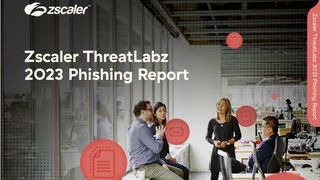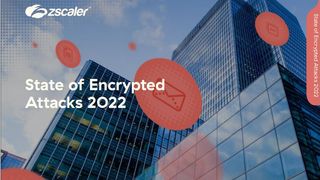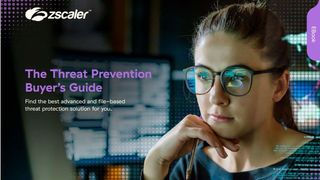Google claims to block 99.9% of phishing attacks using machine learning
AI deployed to fight fraudsters

Google has deployed machine learning technology on its Gmail service that it claims can now block 99.9% of all phishing attempts it detects.
In a blog post, Andy Wen, senior product manager of counter abuse technology at Google, said machine learning had helped Gmail block spam and phishing messages from showing up in a user's inbox with over 99.9% accuracy.
"This is huge, given that 50-70% of messages that Gmail receives are spam," he said.
Wen explained that this dedicated machine learning model selectively delays messages (less than 0.05% of messages on average) to perform rigorous phishing analysis and further protect user data from compromise.
The detection models integrate with the machine learning supporting Safe Browsing, which is used to find and flag suspicious URLs.
"These new models combine a variety of techniques such as reputation and similarity analysis on URLs, allowing us to generate new URL click-time warnings for phishing and malware links," Wen said. "As we find new patterns, our models adapt more quickly than manual systems ever could, and get better with time."
Gmail users in the enterprise will also be warned when replying to someone outside of their company domain to prevent data loss.
Get the ITPro. daily newsletter
Receive our latest news, industry updates, featured resources and more. Sign up today to receive our FREE report on AI cyber crime & security - newly updated for 2024.
"Now, if you try to respond to someone outside of your company domain, you'll receive a quick warning to make sure you intended to send that email. And because Gmail has contextual intelligence, it knows if the recipient is an existing contact or someone you interact with regularly, to avoid displaying warnings unnecessarily," said Wen.
Google has also introduced improvements that will scan messages for ransomware or polymorphic malware.
"We classify new threats by combining thousands of spam, malware and ransomware signals with attachment heuristics (emails that could be threats based on signals) and sender signatures (already marked malware)," Wen said.
Rene Millman is a freelance writer and broadcaster who covers cybersecurity, AI, IoT, and the cloud. He also works as a contributing analyst at GigaOm and has previously worked as an analyst for Gartner covering the infrastructure market. He has made numerous television appearances to give his views and expertise on technology trends and companies that affect and shape our lives. You can follow Rene Millman on Twitter.





